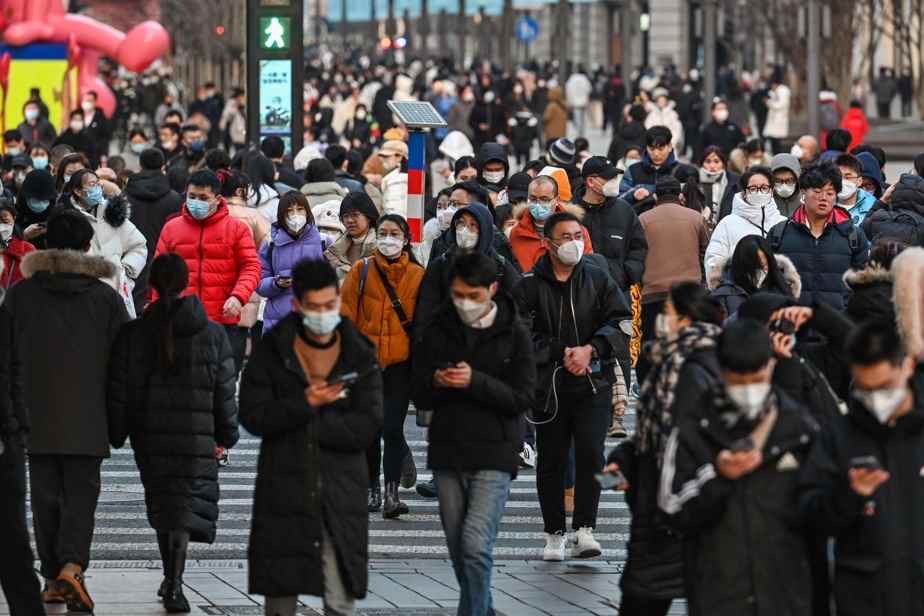(Beijing) The population of China, the most populous country in the world, fell in 2022, an official body said on Tuesday, a historic first since the beginning of the 1960s.
In total, 9.56 million births were registered last year, and did not compensate for the 10.41 million deaths, announced the National Bureau of Statistics (BNS) in a report.
The Chinese population therefore fell by around 850,000 people in 2022.
This fall should be lasting, over several decades, according to many demographers, which will have significant consequences on the economy, society and the pension system.
The drop in population is the first since 1960-1961, when a terrible famine, which began in 1959, caused tens of millions of deaths, in particular following the errors of the economic policy of the “Great Leap Forward”.
This fall in 2022 is explained in particular by the cost of living which has risen sharply, by the higher level of education of women which delays pregnancies or even by the lack of desire of the younger generations to have a child.
The fertility rate has collapsed to 1.15 children per woman in 2021 – far below the generational renewal threshold (2.1).
Coupled with ageing, the decline in the population, particularly in the number of working people, should have profound repercussions on the Chinese economy for several decades.
The cost of labor is expected to rise, undermining the competitiveness of the Chinese workforce, and the pressure on assets to provide care for the elderly will increase significantly.
Many local authorities have already launched measures to encourage couples to procreate.
The metropolis of Shenzhen (south) has for several days been offering birth bonuses of up to 10,000 yuan (1985 Canadian dollars) and allowances paid until the child is three years old.
The province of Shandong (east) gives 158 days of maternity leave (60 more than the national standard), from the first child.
China could have only 587 million inhabitants in 2100, according to the most pessimistic projections of a study by the Shanghai Academy of Social Sciences, updated last year and whose data was transmitted to the AFP.
